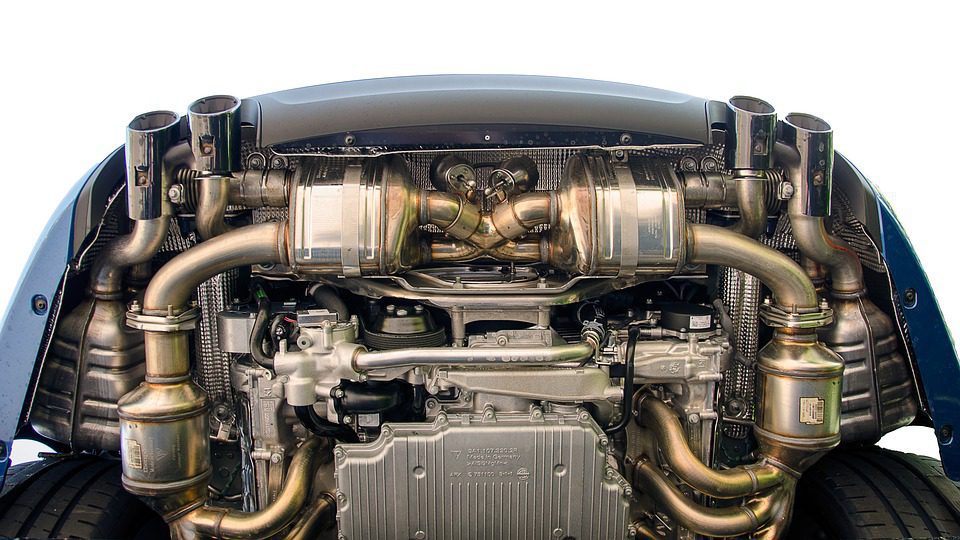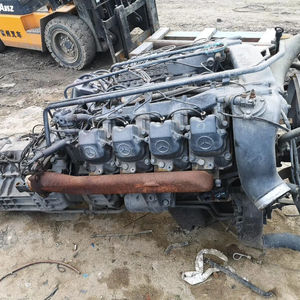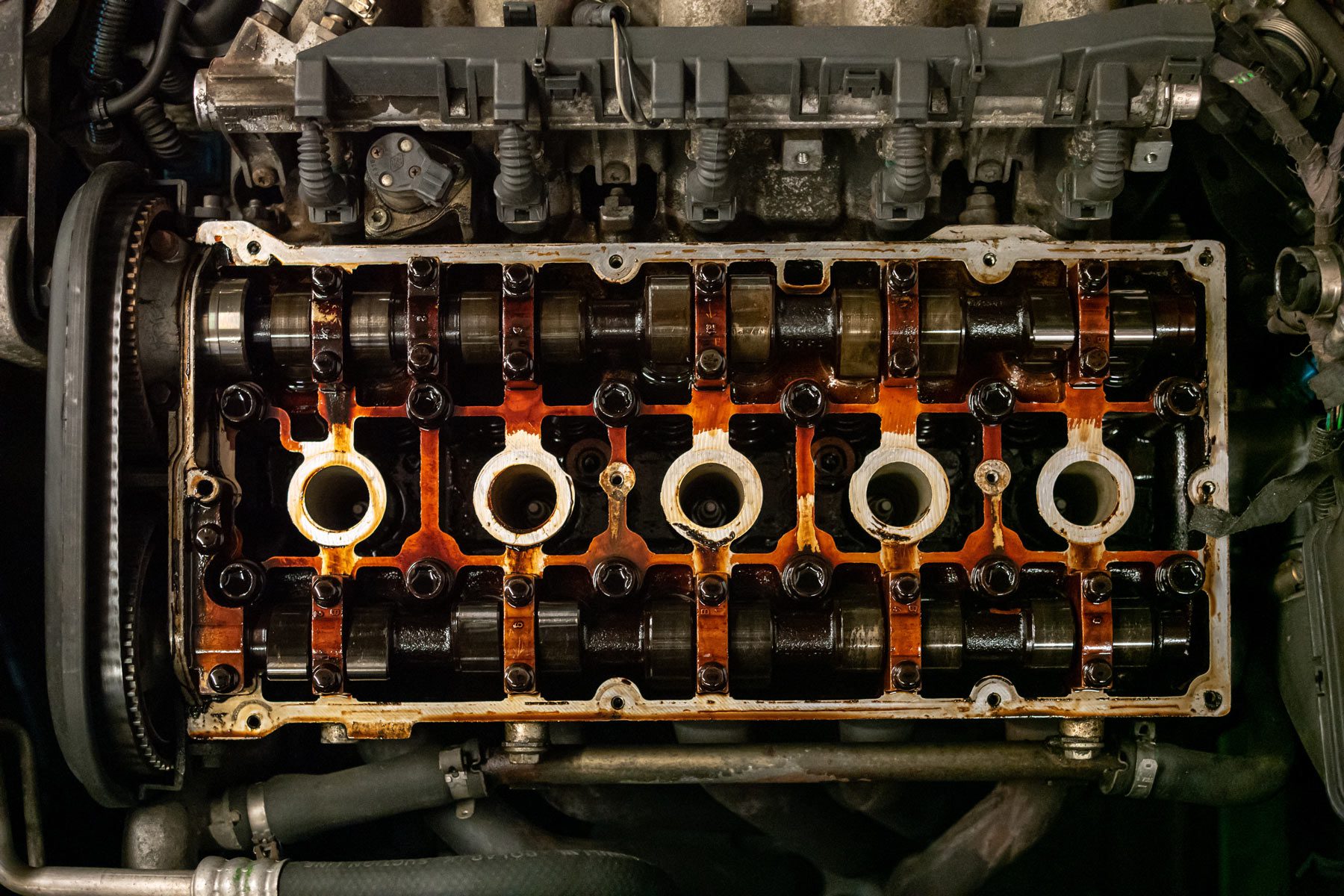Update Your Vehicle with a New Opel Corsa Engine
Update Your Vehicle with a New Opel Corsa Engine
Blog Article
Discovering the Inner Operation of a Compact Lorry's Engine System
As chauffeurs, we frequently consider approved the elaborate processes that take place within the confines of our vehicle's engine system. The portable yet complicated machinery that propels us onward is a marvel of design precision and coordination. From the regulated explosions in the burning chamber to the precise timing of fuel shot, every component plays a crucial function in the smooth operation of the engine. In this exploration of a small vehicle's engine system, we will certainly untangle the inner functions of this mechanical harmony, clarifying the mysteries that drive us onward on our everyday trips.
Combustion Process Introduction
The burning process in a small lorry's engine system is an important mechanism that effectively transforms gas into power to power the lorry. This process happens within the burning chamber of the engine, where gas and air mix, ignite, and create regulated surges. The burning process consists of 4 major phases: intake, power, compression, and exhaust.
Throughout the consumption stage, the piston moves downward, attracting in a mixture of air and fuel into the burning chamber. This descending movement creates the power required to drive the lorry. This cyclic combustion process is essential to the procedure of a portable lorry's engine system, guaranteeing efficient power conversion for propulsion.
Piston and Cyndrical Tube Communication

The piston's accurate fit within the cylinder is vital for preserving ideal compression and protecting against energy loss throughout burning. Limited clearances between the piston and cyndrical tube walls guarantee efficient securing, permitting the piston to move smoothly without enabling gases to leakage past. Proper lubrication is likewise essential to decrease friction and use between these components, enhancing durability and performance.
Additionally, the design and materials made use of in making the piston and cyndrical tube effect engine effectiveness and toughness. Modern engines usually use lightweight yet resilient materials like light weight aluminum alloys for pistons and cyndrical tube liners to reduce inertia and boost thermal performance. Generally, the harmonious interaction in between the piston and cylinder is fundamental to the engine's capability and general efficiency.
Gas Shot System Performance
Gas shot systems in small vehicle engines play a critical duty in precisely providing gas to the burning chamber find more information for reliable and regulated ignition. The fuel shot system functions by infusing fuel right into the combustion chamber at the optimum moment throughout additional info the engine's operation (opel corsa engine). This specific timing makes sure that the gas mixes equally with the air for appropriate burning, causing improved fuel efficiency and minimized emissions
There are mainly 2 types of gas injection systems utilized in compact car engines: port gas injection (PFI) and straight fuel injection (DFI) PFI systems inject gas into the consumption port prior to the intake shutoff, while DFI systems infuse fuel straight into the combustion chamber. Both systems have their benefits, with DFI offering much better gas atomization and PFI providing a much more cost-efficient option.
Recognizing Engine Cooling Systems
Reliable operation of a small automobile's engine counts greatly on the effectiveness of its cooling systems. Engine air conditioning is vital to stop getting too hot, which can lead to major damages and lowered efficiency. The cooling system in a portable lorry typically includes a number of elements functioning with each other to regulate the engine temperature level. One critical component is the radiator, which uses coolant to soak up heat from the engine. As the hot coolant moves through the radiator, it launches heat right into the air, cooling prior to going back to the engine. The water pump circulates the coolant with the engine and her response radiator, guaranteeing a constant circulation to manage temperature. Additionally, the thermostat assists manage the coolant flow to maintain optimal engine temperature. Some lorries also have cooling down followers that trigger when additional cooling is needed, such as throughout heavy traffic or heat. Understanding these engine cooling mechanisms is vital for maintaining the efficiency and long life of a small automobile's engine system.

Exhaust System Components Explained
The optimum performance of a small vehicle's engine air conditioning systems depends upon a complementary system called the exhaust system, which consists of different important parts for making certain effective emissions and engine efficiency. The exhaust system includes components such as the exhaust manifold, catalytic converter, muffler, and tailpipe. The exhaust manifold accumulates exhaust gases from the engine's paths and cylinders them to the catalytic converter. The catalytic converter after that converts unsafe contaminants in the exhaust into much less hazardous exhausts before launching them with the muffler and tailpipe.
One essential part of the exhaust system is the oxygen sensor, which keeps an eye on the oxygen levels in the exhaust gases to aid control gas consumption and make sure optimum engine performance. opel corsa engine. Furthermore, the resonator might exist in some exhaust systems to minimize sound levels. Generally, the exhaust system plays an essential duty in keeping engine performance, lowering damaging discharges, and making sure a quieter driving experience for small vehicle owners

Verdict
In final thought, the small lorry's engine system is a complex combination of elements that interact to help with the combustion procedure, transform gas into energy, and eliminate waste gases. Recognizing the inner workings of the engine system, including the piston and cylinder communication, gas shot system, engine air conditioning devices, and exhaust system components, is important for preserving optimum efficiency and performance of the lorry.
The burning process in a compact vehicle's engine system is an important device that successfully transforms gas right into power to power the automobile.Gas shot systems in small automobile engines play an important duty in specifically supplying gas to the burning chamber for effective and controlled ignition.There are mainly two types of gas shot systems made use of in portable automobile engines: port fuel injection (PFI) and direct gas shot (DFI) Comprehending these engine air conditioning devices is vital for preserving the efficiency and durability of a small car's engine system.
The optimal performance of a portable lorry's engine cooling devices depends on a corresponding system recognized as the exhaust system, which consists of different necessary elements for guaranteeing reliable discharges and engine performance.
Report this page